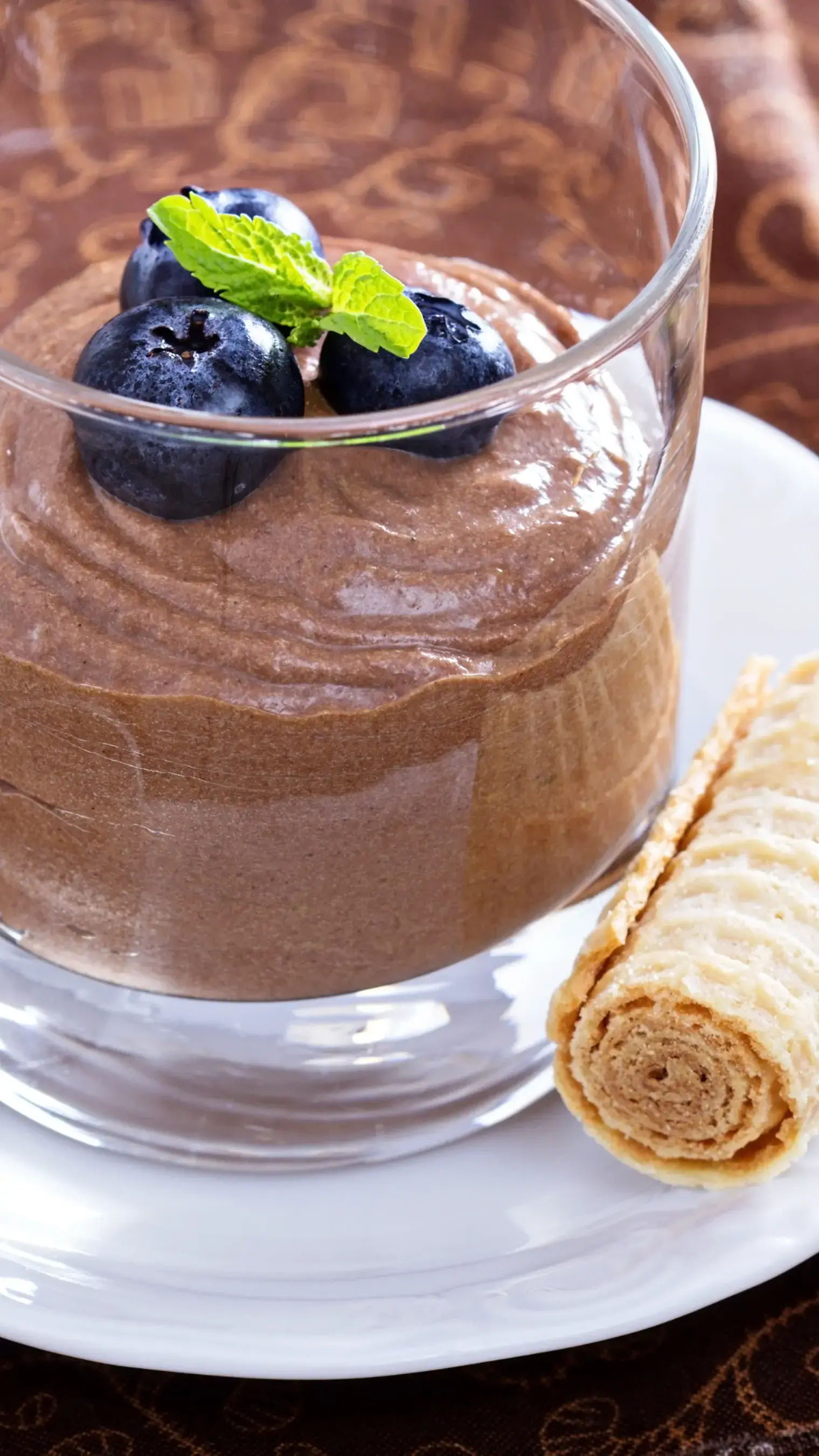Let's take a look at the history of the much beloved traditional Christmas cake.

Let's take a look at the history of the much beloved traditional Christmas cake.
Bûche de Noël, more commonly known as the Yule Log, is a festive tradition that finds its roots in the rich tapestry of Christmas celebrations. Its origins can be traced to ancient times, with the Yule Log having pagan origins before it found itself intertwining with Christian festivities.
The tradition of the Yule Log can be traced way back to the winter solstice celebrations of the Norse and Celts. These ancient cultures would burn large logs, signalling the triumph of light over darkness. The logs were specially chosen and were often decorated with greenery, symbolising life's continuity even in the harshest winters. This tradition was believed to bring in good luck for the coming year and served as a communal gathering point during the solstice festivities.
As Christianity spread across the whole of Europe, it adapted pre-existing traditions into its own celebrations — and the Yule Log also found a place in Christmas festivities, aligning its symbolism with the Christian narrative of Jesus bringing light to the world. In mediaeval times, the Yule Log became a focal point of Christmas celebrations in England and other parts of Europe. Families would again select a large log, adorn it with seasonal decorations, and burn it throughout the twelve Days of Christmas.

Fast forward to 19th-century France, and a delightful evolution of the Yule Log tradition emerged in the form of the Bûche de Noël. The Bûche de Noël, or Yule Log cake, acted as a replacement and an update in tradition to the actual log with a delicious culinary creation. The transition from burning logs to devouring them proved to be both practical and indulgent. The French pastry chefs crafted sponge cakes, rolled and coated with rich chocolate buttercream to resemble a log. This delectable treat became a centrepiece of French Christmas celebrations.
One of the earliest recorded instances of the Bûche de Noël in its cake form dates back to the 19th century, attributed to the Parisian pastry chef Pierre Lacam. The Bûche de Noël quickly became a popular delicacy, appreciated not only for its delightful taste but also for its visual appeal. Families all across France embraced the tradition of serving this log-shaped cake during Christmas feasts
The Bûche de Noël's popularity grew beyond France, captivating the hearts and taste buds of people around the globe, as bakeries and households began crafting their own versions of this festive dessert, each with its unique twist on flavours and decorations. The Yule Log cake soon transformed into a symbol of joy, family gatherings, and the sweet indulgence that marks the holiday season.

In today's day and age, the Bûche de Noël has evolved into a canvas for culinary creativity. Pastry chefs and home bakers alike experiment with various flavours, fillings, and designs, as they push the boundaries of tradition while paying homage to the roots of this delightful Christmas treat. From classic chocolate and chestnut fillings to exotic combinations like matcha and passion fruit, the Bûche de Noël continues to evolve while retaining its festive soul.
Today, the Yule Log, whether in its traditional wooden form or as the delectable Bûche de Noël, serves as a bridge between the traditional pagan rituals of winter solstice and the contemporary celebrations of Christmas. It symbolises the enduring spirit of light and warmth, bringing people together in the shared joy of the holiday season. Whether it finds itself burning brightly in a hearth or gracing the dessert table, the Yule Log remains a cherished tradition, bringing generations together with the magic of Christmas.
Like This Article?
More Like This



Popular Articles





Trending Web Stories
Curated Recipes



















